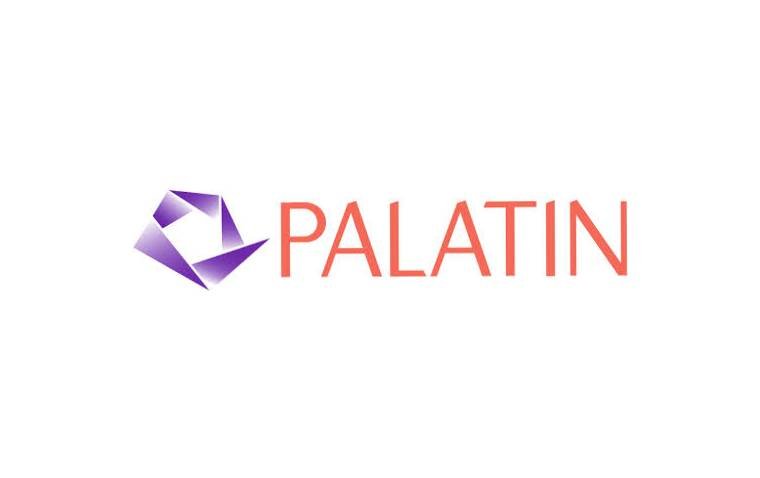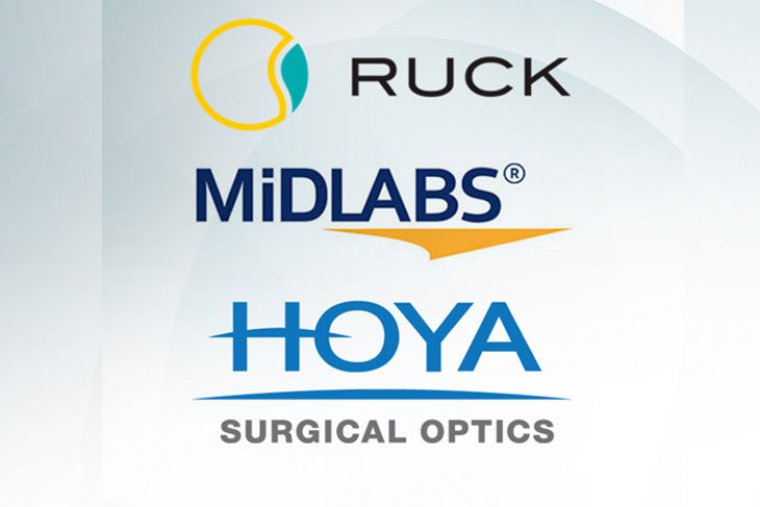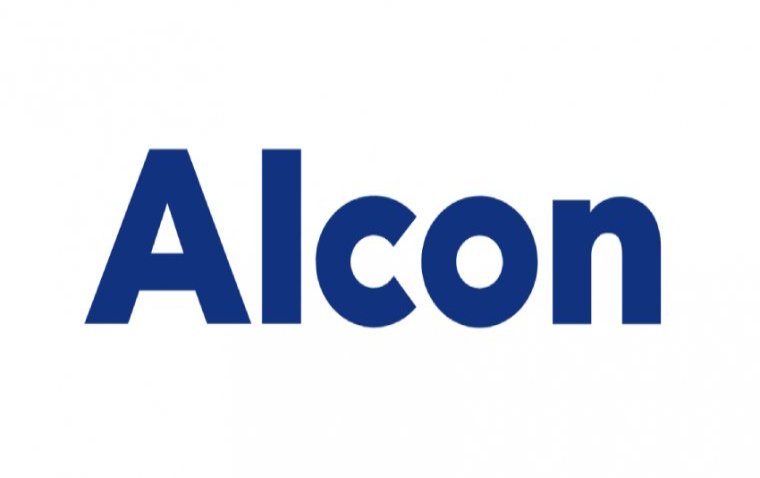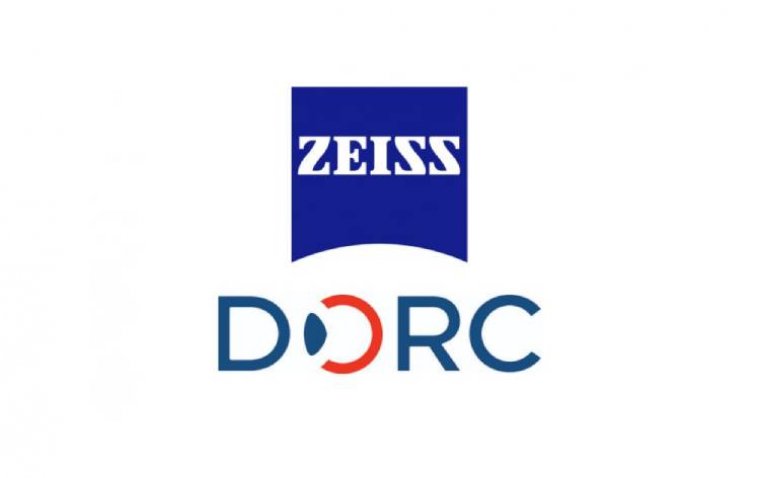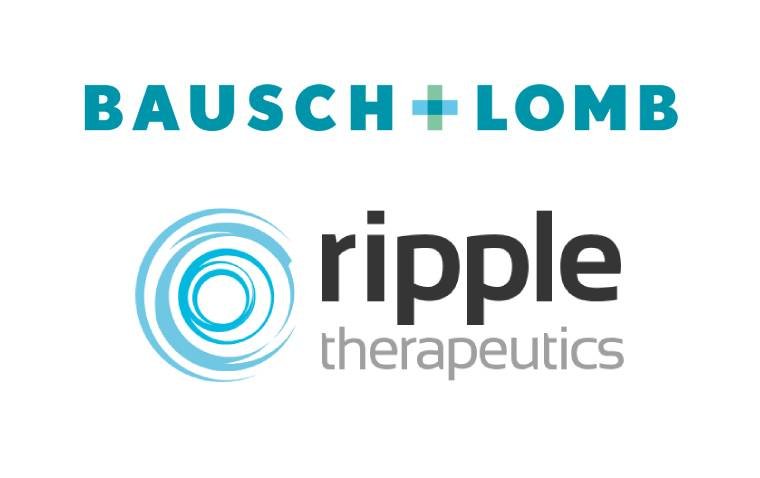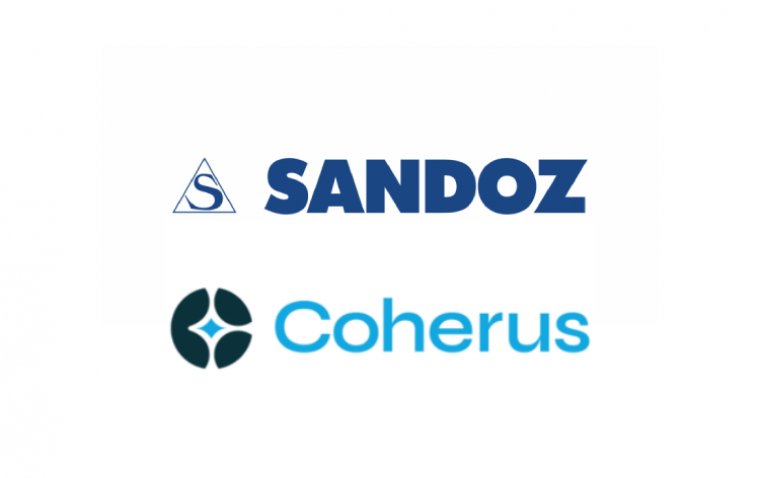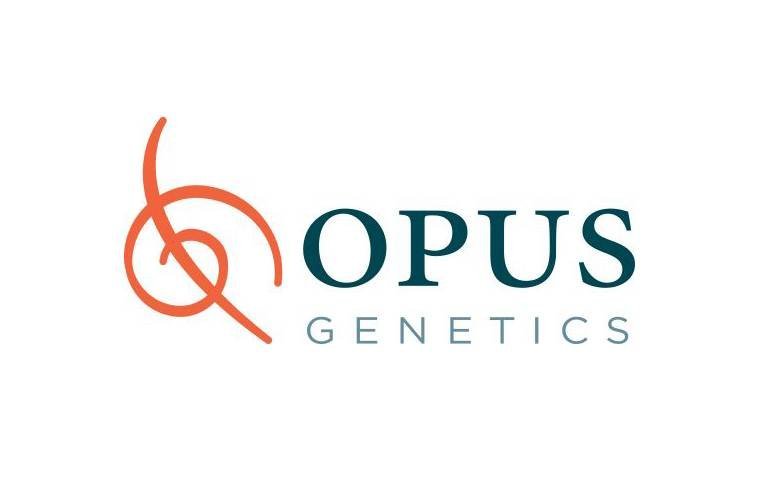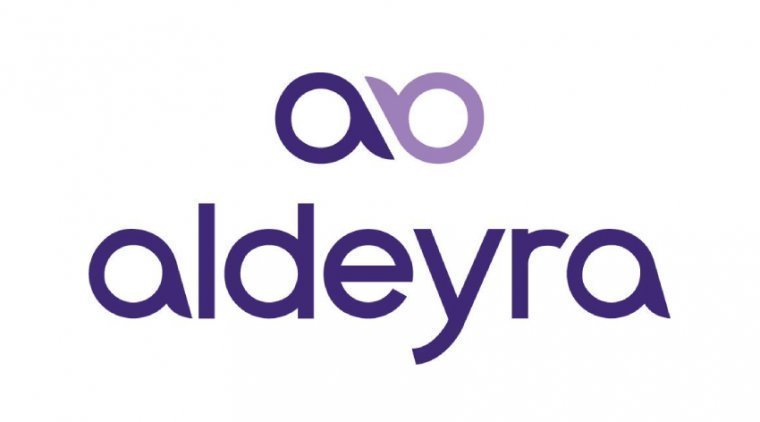
Aldeyra Therapeutics Sets Sight on NDA Resubmission for DED Drug Reproxalap
Aldeyra Therapeutics announced its clinical development strategy aimed at the resubmission of a New Drug Application (NDA) for its topical ocular 0.25% reproxalap. This investigational RASP modulator is poised for the treatment of dry eye disease, pending approval from the FDA.
Following productive discussions with the FDA, Aldeyra is gearing up to launch a pivotal dry eye chamber clinical trial in the first half of 2024. With a successful trial outcome, the company anticipates NDA resubmission in the latter half of 2024, eyeing a potential six-month review period based on FDA guidance.
Todd C. Brady, M.D., Ph.D., President and Chief Executive Officer of Aldeyra, conveyed optimism about the upcoming trial: “The planned dry eye chamber clinical trial, if successful, could represent the first pivotal demonstration of rapid improvement in the symptoms of dry eye disease, a potentially debilitating and increasingly pervasive condition that affects millions of patients worldwide.”
Trial Design and Expectations
The trial will involve approximately 100 patients who, after initial exposure to a dry eye chamber with a vehicle (the drug product minus the active ingredient), will be randomized to receive either reproxalap or a vehicle again before and during a second dry eye chamber exposure. This study is designed to confirm the primary endpoint of reducing ocular discomfort, with a design and statistical powering informed by four preceding dry eye chamber clinical trials of reproxalap. Preliminary results have shown a significant reduction in ocular discomfort with reproxalap compared to vehicle (p=0.0003), promising over 90% power to detect a treatment difference in the upcoming trial.
Global Impact of DED and Reproxalap's Potential
Sumit Garg, M.D., Professor of Ophthalmology at University of California Irvine, emphasized the global impact of dry eye disease and the potential of reproxalap: “Affecting hundreds of millions of people globally, dry eye disease is a multifactorial progressive disease that impacts quality of life. We are excited about the novel upstream mechanism of action of RASP modulation and the potential to provide rapid relief of signs and symptoms of dry eye.”
Aldeyra's Comprehensive Strategy and Financial Stability
In a comprehensive strategy to address disease variability and clinical environment differences, Aldeyra plans to conduct additional studies, including another dry eye chamber trial and a traditional six-week field clinical trial, in parallel with the primary study. With a solid financial position, boasting $142.8 million in cash and cash equivalents as of December 31, 2023, Aldeyra is well-equipped to fund its operations well beyond 2026, aiming to revolutionize the treatment landscape for dry eye disease.
About Dry Eye Disease
Dry eye disease is a common and often chronic condition characterized by insufficient lubrication and moisture on the eye's surface, leading to discomfort, irritation, and potentially impaired vision. It can result from various factors, including age, environmental conditions, hormonal changes, or the use of certain medications. Symptoms may include a stinging or burning sensation, a feeling of something in the eyes, redness, blurred vision, and sensitivity to light. In more severe cases, dry eye disease can lead to damage to the corneal surface, increasing the risk of eye infections and affecting the quality of life. The condition is multifactorial, involving an imbalance in the tear-production system or deterioration in tear quality, which can disrupt the healthy state of the eye's surface.
(1).jpg)
